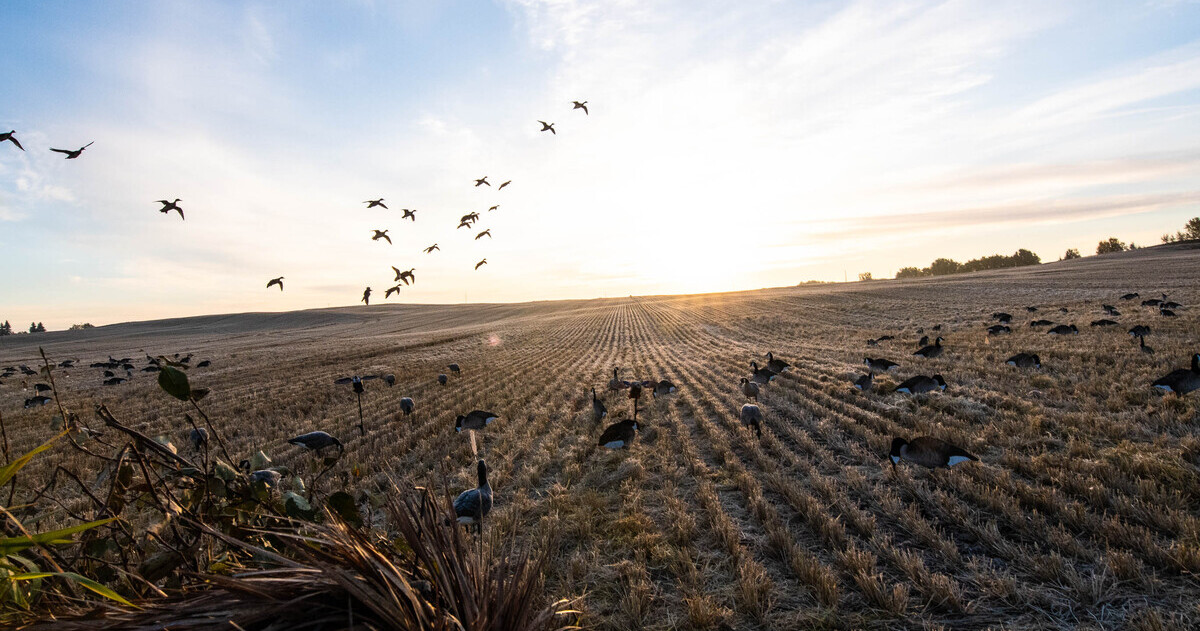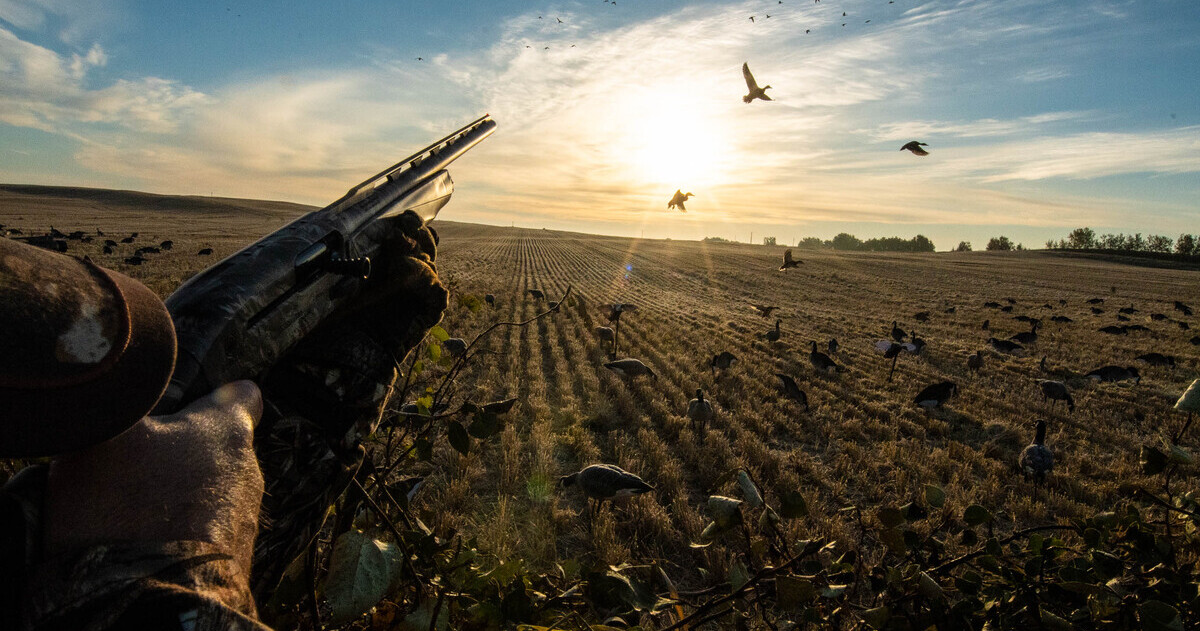Migration Alert: Prairie Canada Hunting Heats Up as Weather Cools
Oct. 6, 2023 – Prairie Canada
Oct. 6, 2023 – Prairie Canada

The dry conditions that impacted duck production in Canada’s prairie provinces over the summer remain a challenge north of the border this fall. Still, hunters are finding success with a variety of waterfowl species, and as the temperatures turn colder this week, the action in Manitoba, Saskatchewan, and Alberta looks to heat up.
Dr. Scott Stephens, director of conservation strategy and support for Ducks Unlimited Canada, has hunted in both Manitoba and Saskatchewan this fall, and reports that unseasonably warm temperatures throughout September seem to have the migration on hold.
“Things seem to be a bit behind schedule. We have not had a killing frost yet here where I live in Manitoba, but that should change soon,” Stephens says, noting the change in weather forecasted to arrive across the northern part of the Prairie Pothole Region this week.
The warm temperatures this fall come on the heels of a spring and summer that were dry across much of Canada’s Prairie Pothole Region. Stephens says the persistently warm temperatures seem to be having an impact on the staging behavior of waterfowl.
“In Saskatchewan last week, we struggled to find ducks field feeding, despite abundant waste grain,” Stephens says. “I’m guessing that the birds just don’t feel a need to consume those calories when the temperatures are so warm. The weather is supposed to change here soon, and I expect everything will get back on schedule.”

Of the waterfowl that Stephens has harvested this fall, he says that the number of hatch-year birds suggest that the region did produce some waterfowl over the summer. Recent rains in southwestern Saskatchewan may help set the stage for better production next spring.
“We’ve had four days of rain, with total rainfall accumulations exceeding what the area had for the entire summer,” explains Terry Kostinec, Ducks Unlimited director of development for South Dakota and Nebraska. Kostinec is just wrapping up his annual trip to Canada and says that the rain is a welcome respite from the extremely dry conditions endured by local producers for over a year.
“Over the summer, about one-third of the crops in the region where I am hunting failed due to lack of moisture,” Kostinec says. “The wet conditions have made it difficult for us to get into the fields and set up our decoy spreads, but the rain is certainly valuable to the farmers to help provide soil moisture for next spring’s planting season. Hopefully the rainfall will also provide the moisture needed to recharge some of the wetlands that have been dry for a couple of years in this part of Saskatchewan.”
Locally produced Canada geese and ducks provided most of the hunting opportunities throughout September, but Kostinec reports that new waterfowl are arriving daily from the north.
“Today, October 5, is the third day of a strong migration of whitefronts and sandhill cranes, and we are just starting to see good numbers of snow geese,” he says.
Stay up to date with the latest migration information.